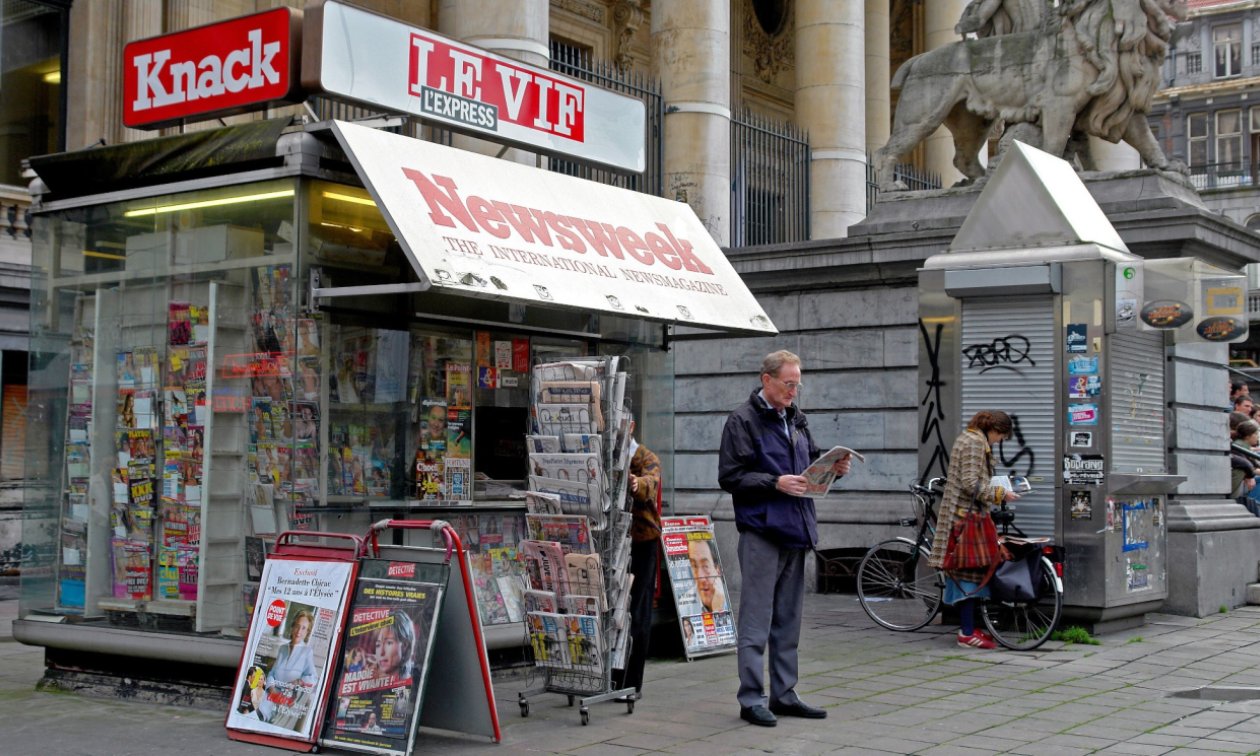Belgium is not just divided politically, its media landscape is also divided: the two regions Flanders and Wallonia each have their own media in their own language, as well as their own media culture.

Belgium is not just divided politically, its media landscape is also divided: the two regions Flanders and Wallonia each have their own media in their own language, as well as their own media culture.
